World economies declined slightly in the past 18 months but domestically the U.S. has stayed strong. However, the momentum may be difficult to maintain in the coming years. Trump's tariff policy and international conflict is creating uncertainty in global markets. One major risk in the coming year is the sharp drop-off in world trade growth. The risk of an escalation in trade conflicts remains elevated. If such an escalation were to occur, a contraction in world trade could slow the world economy even more. At the same time, the sell-off in equity and commodity markets, on top of the gradual removal of accommodation by some central banks, means that financial conditions worldwide are tightening. Potential military conflicts may also threaten future growth. For the balance of 2019, U.S. economic fundamentals are expected to remain fairly solid.
Trucking Concerns
Oil production is among the many concerns on the minds of logistics planners. Chief among them is on the supply side of the equation. Shippers and carriers are eager to learn the extent of threats made by OPEC and Russia to follow through on recent agreements to cut oil production by 1.2 million barrels per day. It's unclear if shale producers alone will be able to lift production at a rate that’s commensurate with rising global demand but one solid economic principle is in play hear. Limited supply means higher prices. Possible resurrection of the Fuel Surcharge Expense is but one of the many challenges facing logistics managers reliant on motor carriers in 2019. While this transport sector remains robust, increasing driver wages and insurance costs are eroding profits. Furthermore, costs associated with labor, maintenance, equipment, licensing and compliance have increased steadily for several years. And least we forget the ever-present driver shortage problem which has plagued the industry for years.
Truckers are charging higher fees for shipping services, but much of the increase is going to cover rising driver wages, which leaves many companies still struggling to make sufficient profit. David Ross, transportation equities analyst for Stifel Financial Corp., forecasts truckload (TL) rates to rise from 5% to 7%, with less-than-truckload (LTL) rates rising 3% to 4%. However, he does not find this particularly alarming. Capacity is expected to remain tight. Make an effort to improve your preferred shipper status and carrier relationship. Finally, seek out the counsel of a qualified 3PL to maximize your freight spend.
Air Cargo Remains Strong
Air freight rates are expected to remain strong this year thanks largely to the on-line shopping boom. The velocity with which the supply chain is now expected to operate also creates demand for air transportation. Overall the air cargo industry is expected to finish 2019 strong.
Rail Is Always An Option
Rail service has improved dramatically in the last decade. CSX is creating precision scheduling railroad (PSR) techniques which will continue to transform the pricing and rate landscape while improving service. Union Pacific and Norfolk Southern are following CSX's lead. Rail service has positioned itself to be a viable alternative to over the road transportation. The days of special or low ball rates from the railroad are likely over. Trucking’s capacity constraints have provided a windfall for rail and inter-modal. The railroads made a lot of money in 2018. The same results are expected for 2019, as coal transport had a significant uptick and steel manufacturing strengthened.
Ocean Freight
Fuel prices are a major concern of ocean carriers. Carriers, on some routes, are no longer prepared to sign contracts with fixed all-in rates that include bunkers. Over the second half of 2019, refineries and ship owners will begin preparing for the final phase in compliance with the IMO 2020 sulfur regulations. These rules stipulate that as of January 1, 2020, all bunker fuel consumed on ships will need to have a sulfur content that is no greater than 0.5%. The cost of IMO 2020 compliance is estimated to be $10 billion. You can bet the rates will reflect this cost. Changes to contract terms, fuel surcharge structures, a potential slowing down of vessels, the demolition of many fuel-inefficient vessels and the possibility of an escalation of the U.S.-China trade war are worrisome to the industry. Without a long-term agreement between the two global powers this year, shippers may have to confront a massive disruption in global ocean cargo supply chains and vessel deployments.
The current logistics environment is largely positive but there are potential hazards ahead. Now may be a wise time to talk to us at Land Link Traffic systems to help you navigate what's ahead. We can help insure availability at competitive rates.
Free Assessment, call 732-899-4242


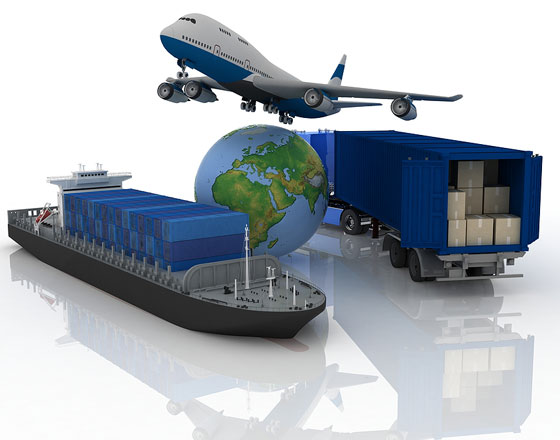
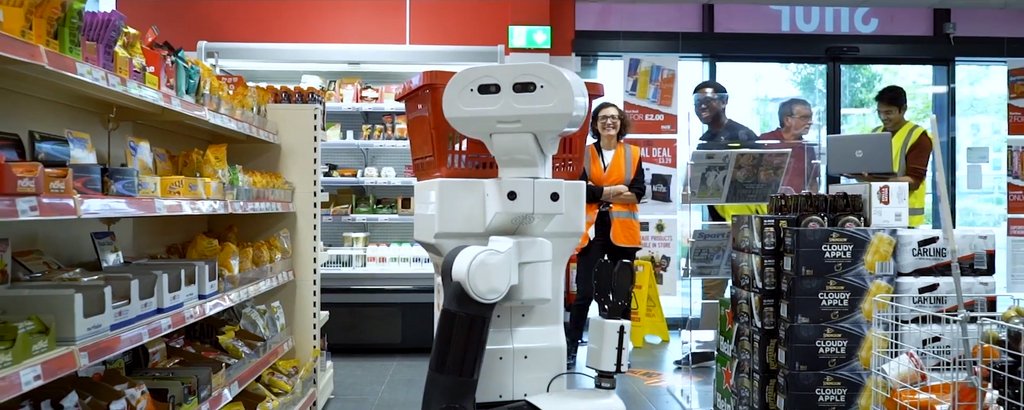
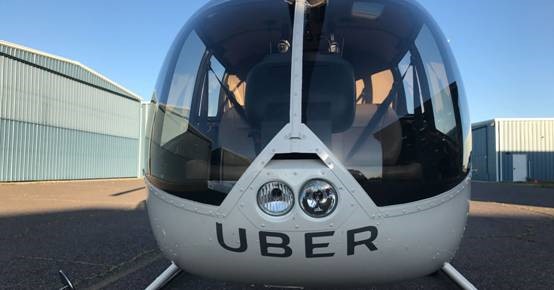
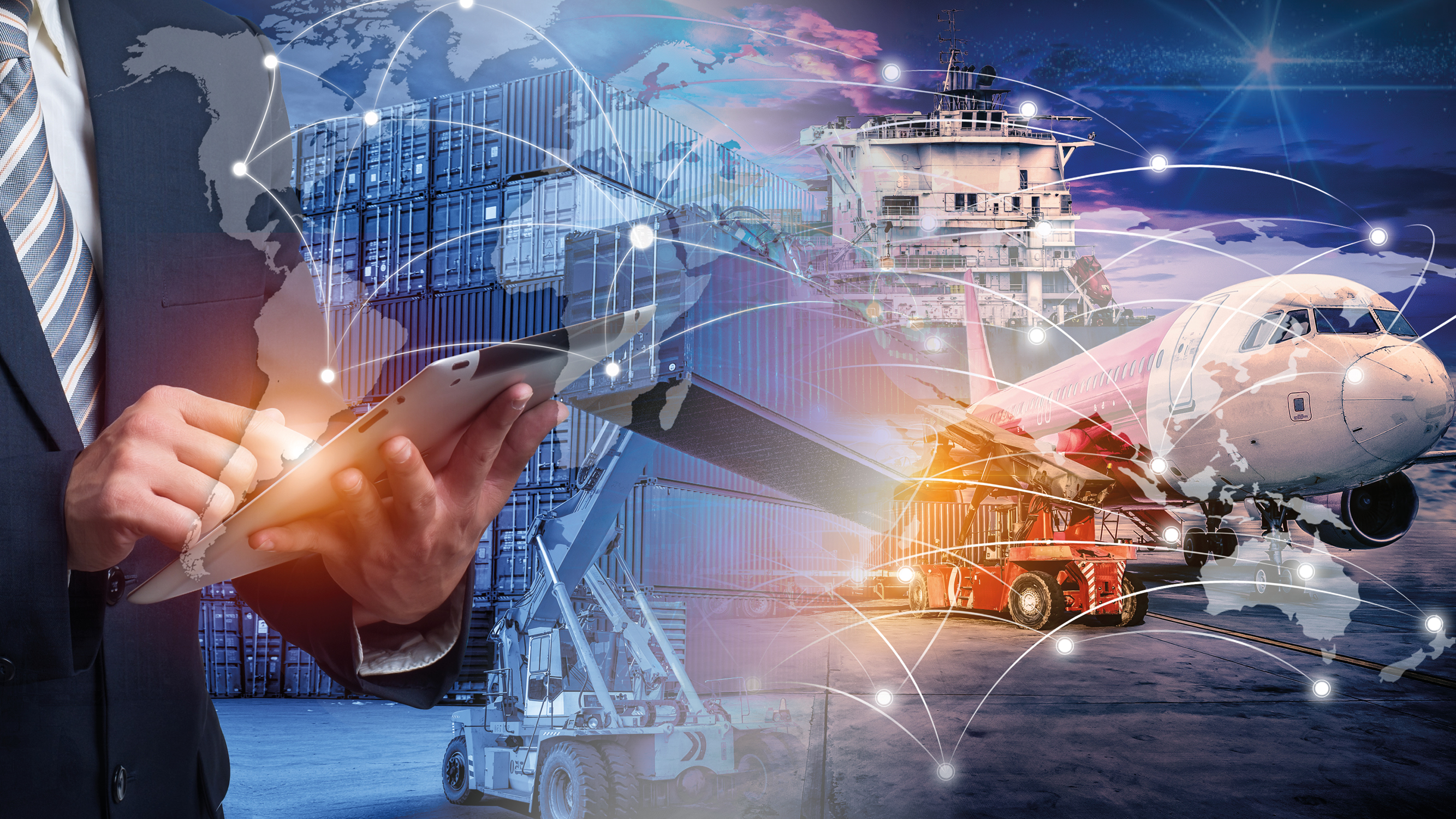
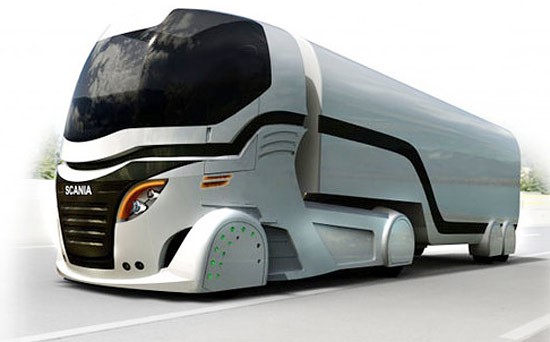
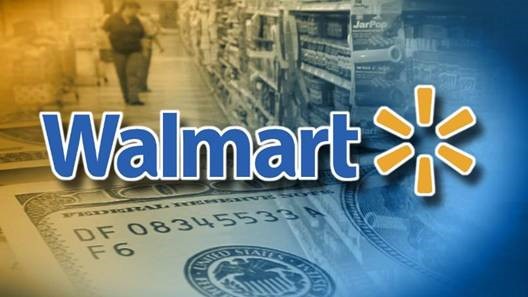

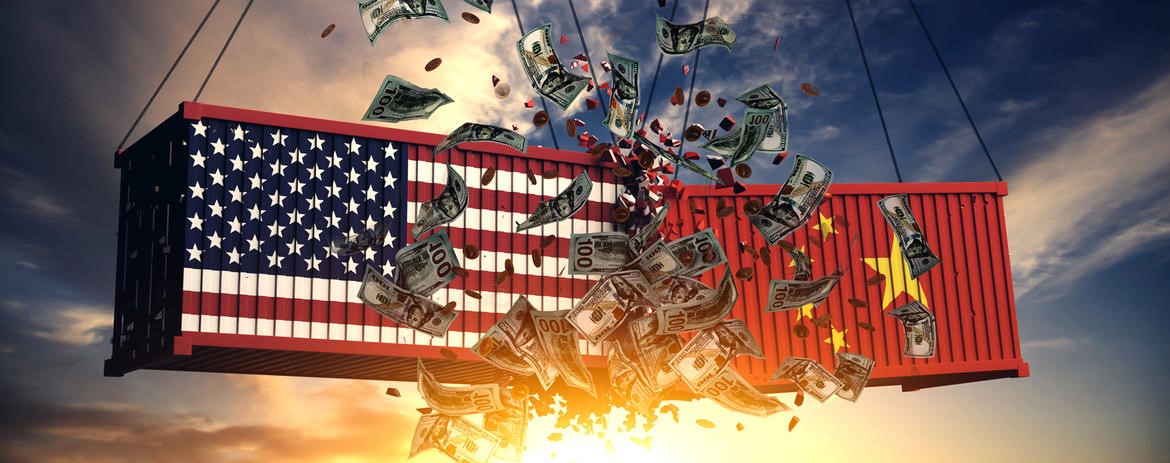

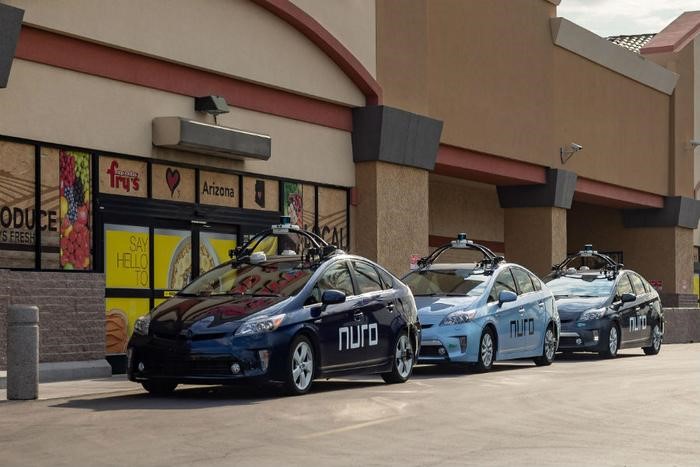
 Land-Link, a well respected professional organization, has been providing its clients with effective transportation and logistics solutions since 1978.
Land-Link, a well respected professional organization, has been providing its clients with effective transportation and logistics solutions since 1978.

